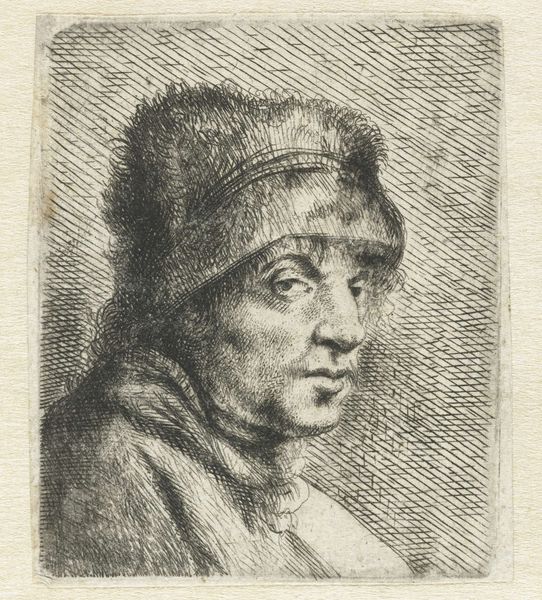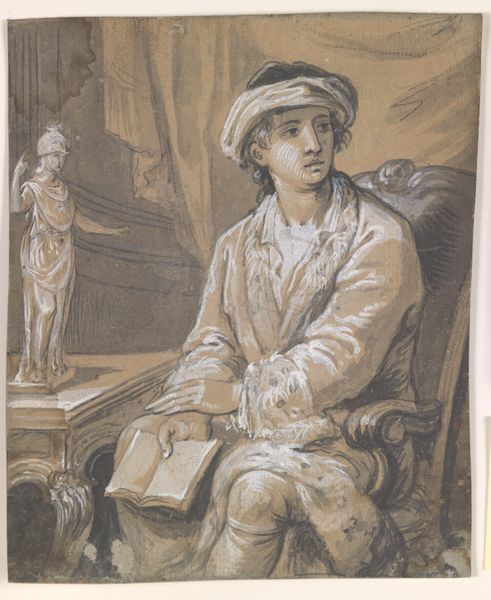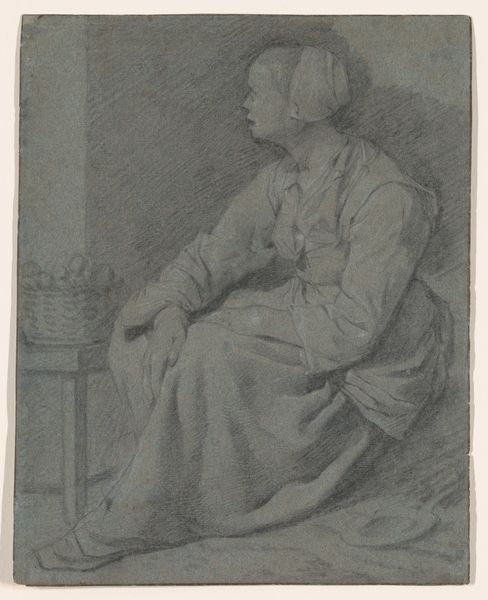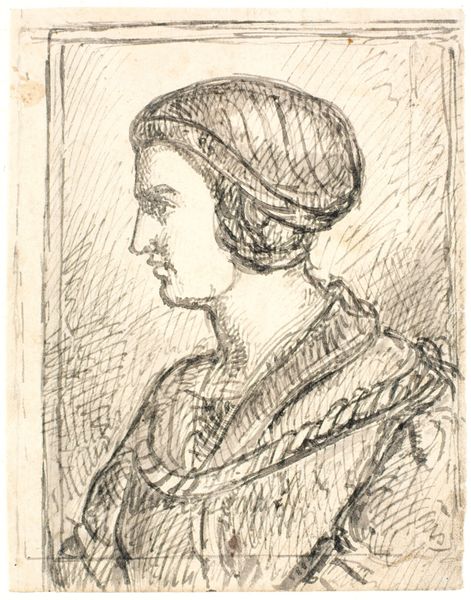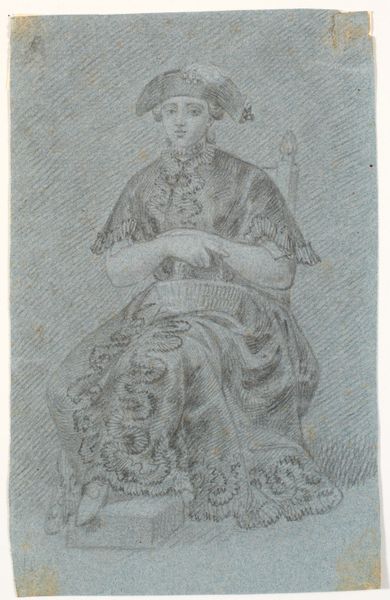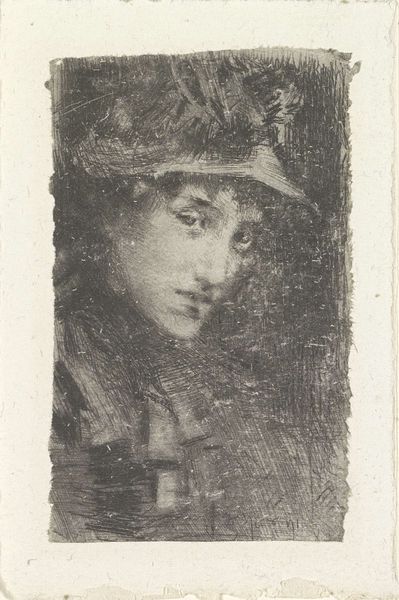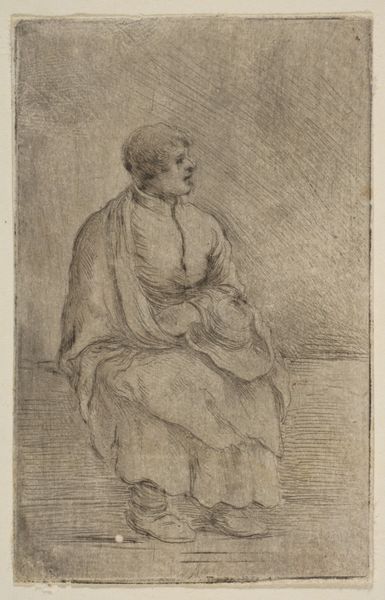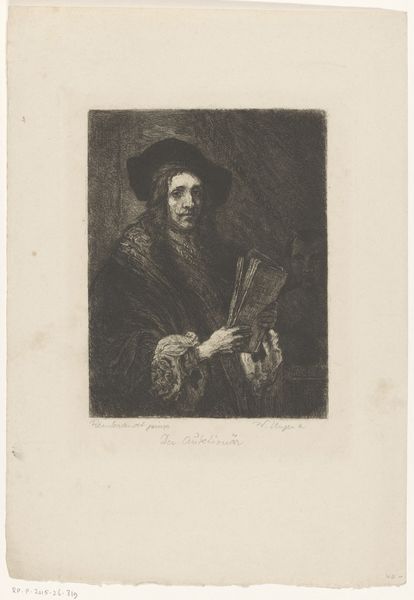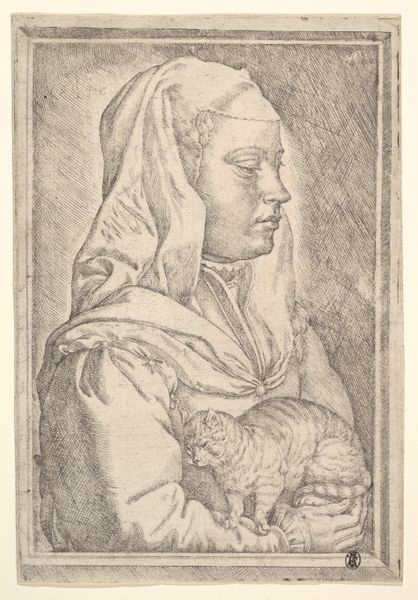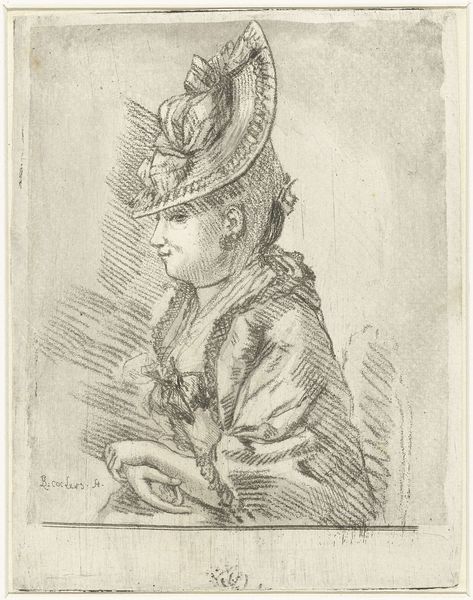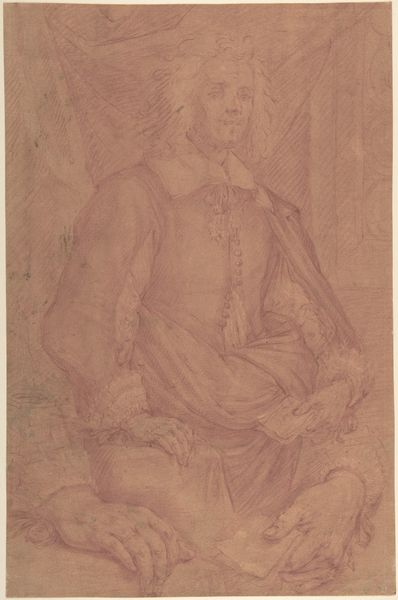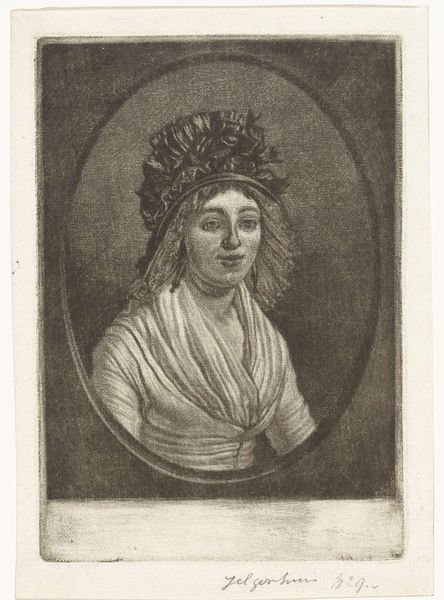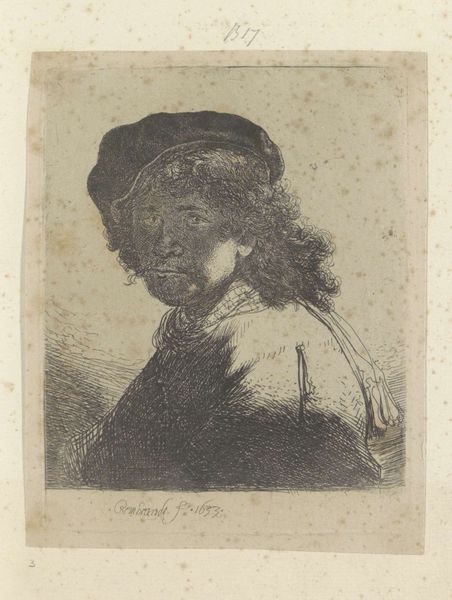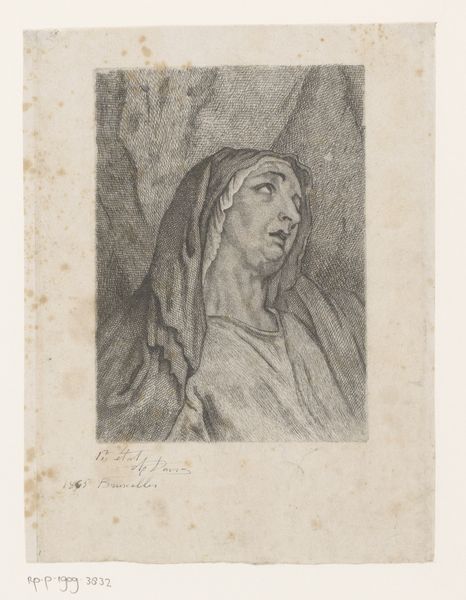
drawing, sculpture, graphite, charcoal
portrait
drawing
neoclacissism
sculpture
charcoal drawing
sculpture
graphite
portrait drawing
charcoal
charcoal
Copyright: Public Domain: Artvee
Editor: This is Louis Léopold Boilly's drawing "Minerva." It seems to be made of charcoal and graphite. The drawing depicts a bust of Minerva in a helmet on a pedestal. I’m immediately struck by how stern and unemotional the statue's expression is. What's your take on this drawing? Curator: Thanks for introducing the artwork. I am interested in what this representation of Minerva—a symbol of wisdom and strategic warfare—communicates in a revolutionary and post-revolutionary context. Why this invocation of classical antiquity during a time of immense social upheaval and redefinition of national identity? Does Minerva represent a yearning for order and stability amidst chaos? Editor: That’s interesting. I hadn’t really thought about it within its historical context. The French Revolution really changed everything. Curator: Precisely! Consider the placement of Minerva within a patriarchal framework that often silences or marginalizes female voices. What does it signify to depict a powerful female figure, yet confine her to the realm of symbolic representation, unable to exercise her agency in the real world? Moreover, what's the implication of presenting her as a cold, emotionless sculpture? Does this objectify and neutralize her power, or does it assert her authority through a detached, intellectual stance? Editor: That’s a lot to think about. The coldness almost feels intentional now that you mention it, a distancing. Curator: And how does this contrast with other artistic portrayals of women during this period? Were they similarly stoic, or were emotions depicted differently depending on social class or political leaning? Also, how does Boilly’s rendering compare to ancient Roman sculptures of Minerva/Athena? The composition creates another avenue for deeper critical analysis, don’t you agree? Editor: I see what you mean. Looking at the artwork as a statement about gender and power dynamics gives me a richer understanding than I had before. I am definitely walking away with a better understanding. Thank you. Curator: My pleasure. There is so much we can unpack when we explore art in connection with its history.
Comments
No comments
Be the first to comment and join the conversation on the ultimate creative platform.
